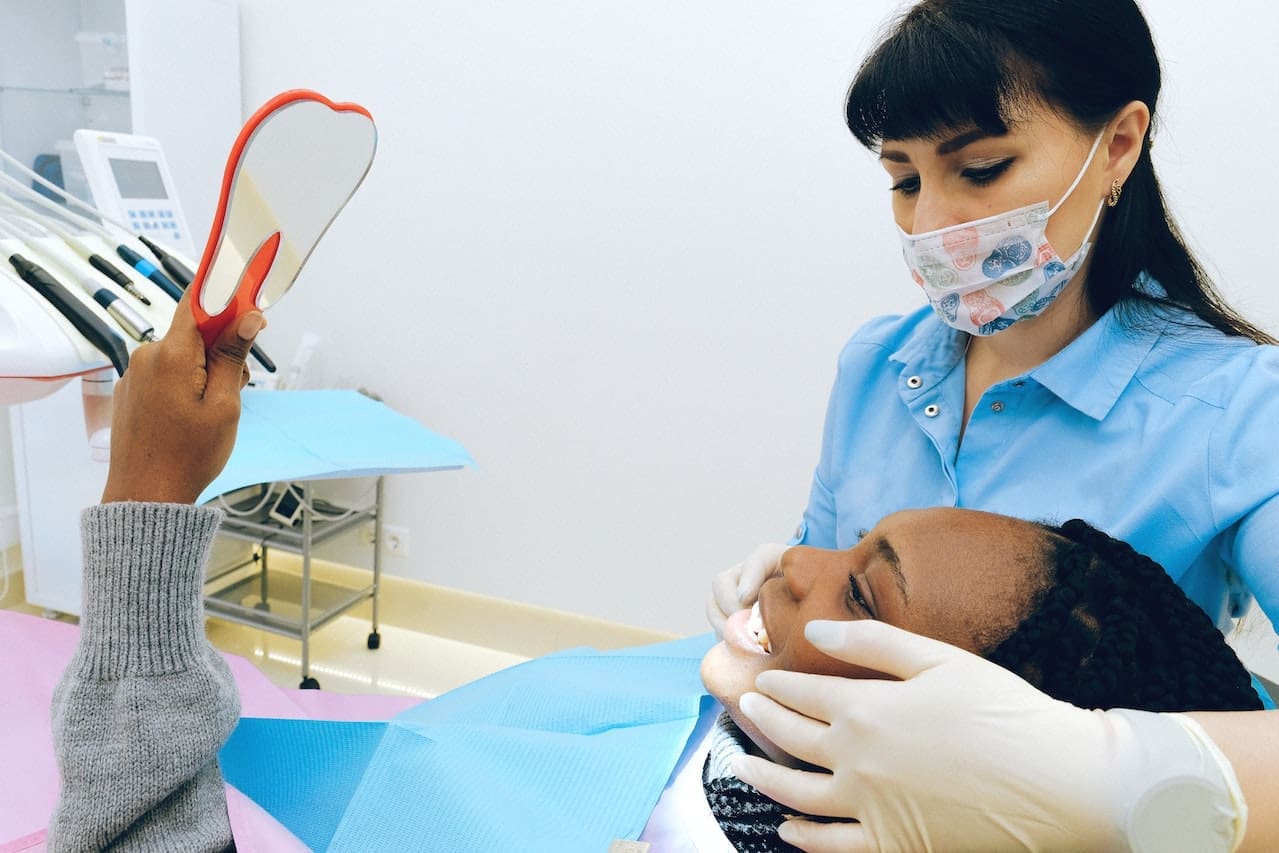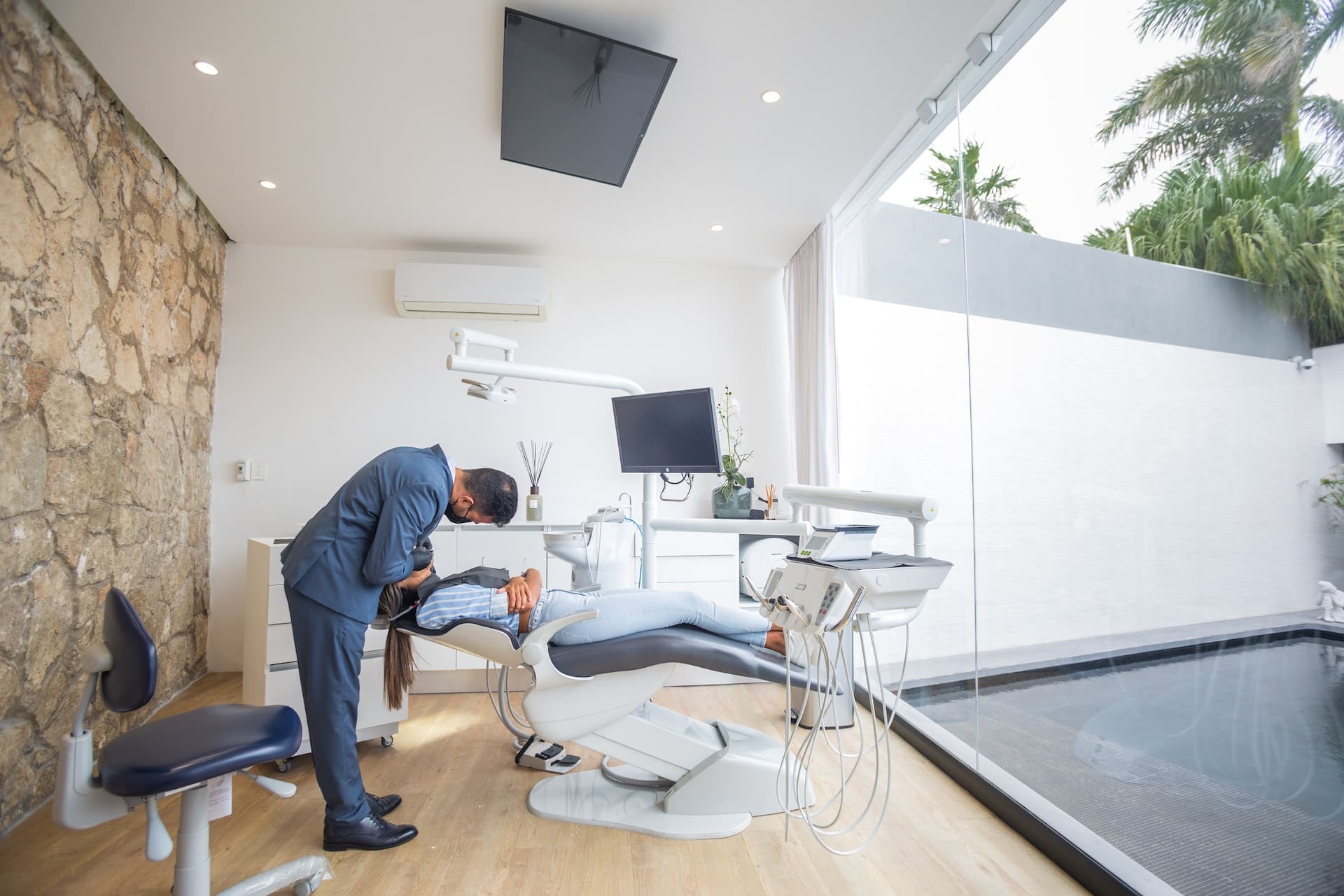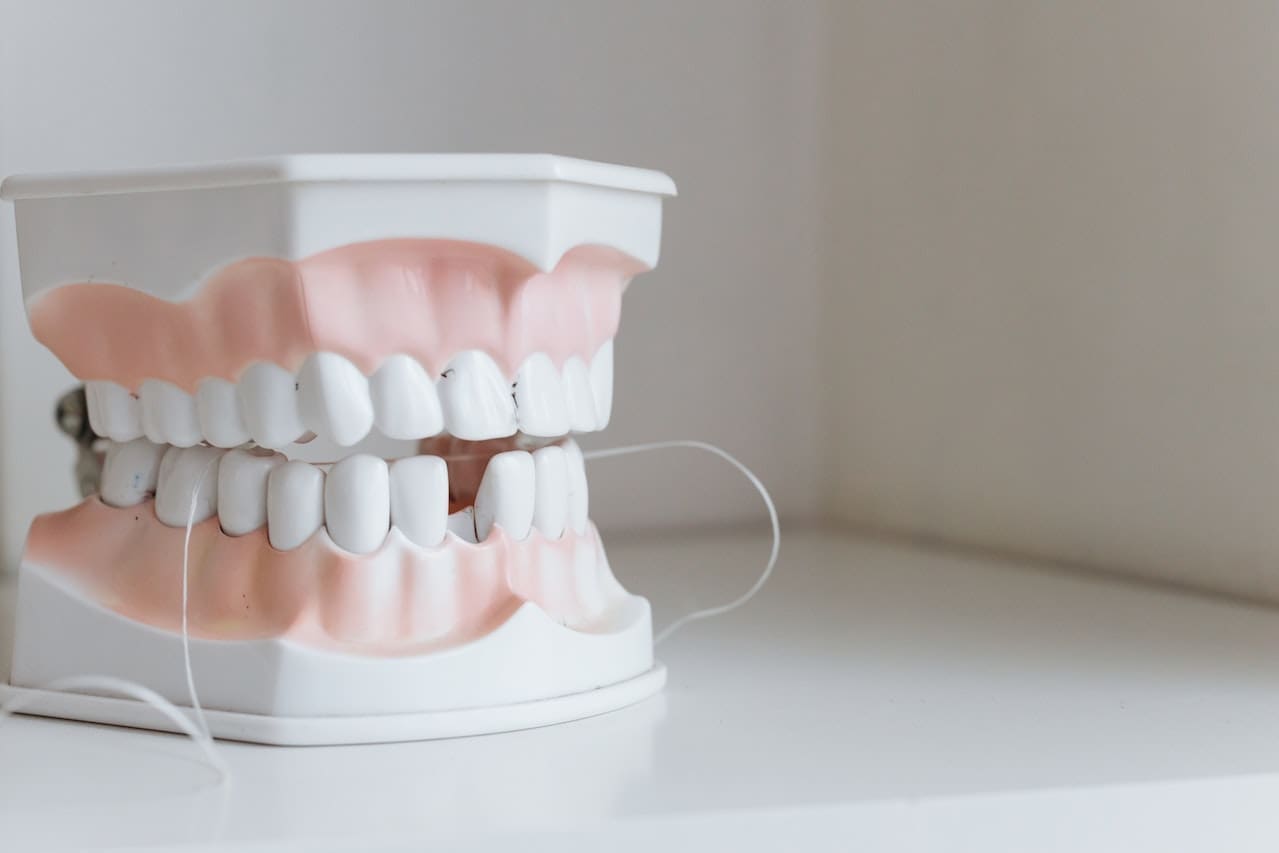
What is a Frenectomy?: Everything You Need to Know
Frenectomy is a surgical procedure that involves the removal of tissue around the mouth, usually involving the frenulum. It is most commonly used to treat
Home » Archives for 2023 » Page 9

Frenectomy is a surgical procedure that involves the removal of tissue around the mouth, usually involving the frenulum. It is most commonly used to treat

Deep dental cleaning, also known as scaling and root planing, is a procedure that is used to remove plaque and tartar buildup on teeth and

When it comes to lip ties and the health of an infant, many myths and misconceptions are floating around. From breastfeeding troubles to difficulty latching,

Nothing can make you feel more anxious than your first dental visit. You may be nervous about what to expect and how it will feel.

The vast majority of clinical trials on LANAP laser gum surgery have yielded a success rate of 87.9 percent or above. It is the only

Tooth loss affects people of all ages, including young people. This condition can significantly impact your quality of life, such as your ability to speak

Laser gum surgery is an advanced form of dental surgery that has become increasingly popular in recent years. It is a minimally invasive procedure that

A child with ankyloglossia, often known as tongue-tie, is born with a tongue that is permanently linked to the floor of the mouth. This disease,

Tongue tie can be a real problem for adults, especially if you’re having trouble speaking clearly or if you’re having trouble eating certain foods. Tongue